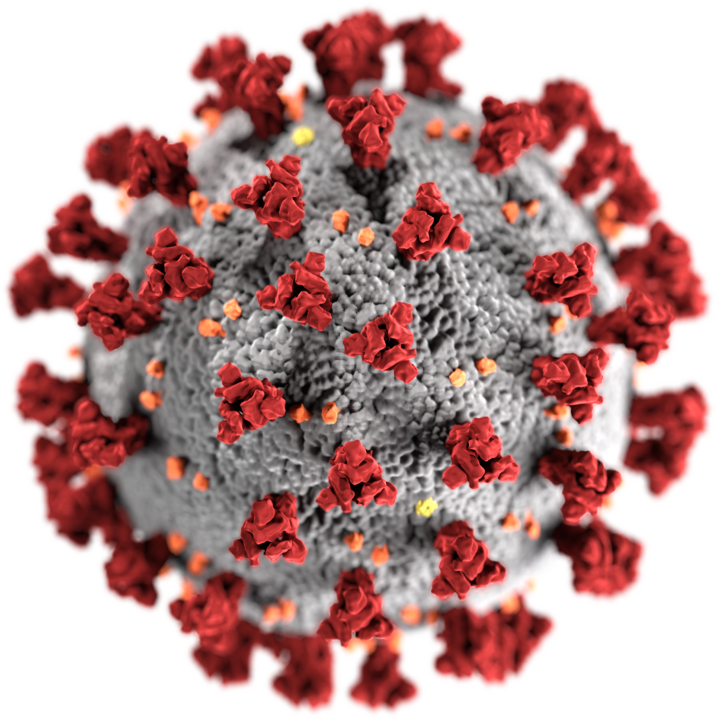Mutant Mouse Resource & Research Centers Develop New Mouse Models for COVID-19 Research

., . .
Recent studies suggest that people with HIV—particularly those not receiving antiretroviral therapy or those with low CD4 cell counts—are at increased risk of severe illness from SARS‑CoV-2 coinfection. Angiotensin-converting enzyme 2 (ACE2), the cellular receptor for SARS-CoV-2, is likely to play an important role in modulating physiological and pathological events during HIV infection.
., . .
Genome editing in the lung has the potential to provide long-term expression of therapeutic protein to treat lung genetic diseases. The authors illustrated that AAV5 can efficiently deliver CRISPR-Cas9 to mouse lung airways and was the first to achieve ∼20% editing efficiency in those airways. Results were confirmed through independent experiments at two different institutes. This highly efficient dual AAV platform will facilitate the study of genome editing in the lung and other tissue types. Supported by ORIP (U42OD026645).
., . .
The engineered protein eCD4Ig, a synthetic antibody-like inhibitor designed to limit HIV entry into cells, shows promise as an approach to achieve HIV remission without antiretroviral therapy. Researchers used mathematical modeling to characterize in vivo antiviral neutralization of eCD4Ig, as well as possible antibody-dependent cell-mediated cytotoxicity effects, in rhesus macaques infected with simian–human immunodeficiency virus (SHIV) (sex not specified).
., . .
Researchers characterized environmental enteric (relating to the intestines) dysfunction (EED) among infant rhesus macaques (n=80, both sexes) naturally exposed to enteric pathogens commonly linked to human growth stunting. Despite atrophy and abnormalities observed in the small intestine, poor growth trajectories and low serum tryptophan (an amino acid needed for protein and enzymes) levels were correlated with increased histopathology (microscopic tissue examination for disease manifestation) in the large intestine.
., . .
The central nervous system (CNS) HIV reservoir contributes to residual neuroimmune activation, which can lead to HIV-associated neurocognitive disorder. Researchers characterized the expression of signaling molecules associated with inflammation in plasma, cerebrospinal fluid, and basal ganglia of Chinese-origin rhesus macaques (sex not specified) with simian immunodeficiency virus (SIV). They reported a correlation between levels of CCL2 in plasma and cerebrospinal fluid, suggesting that researchers could infer the degree of CNS inflammation by testing CCL2 levels in peripheral blood.
., . .
Efficacy of the vaccine mRNA-1273 against SARS-CoV-2 Delta decreases with time, yet there are limited data on how durability of immune responses affects protection. Researchers immunized male rhesus macaques with mRNA-1273 and challenged them with Delta one year later. Serum neutralizing antibody responses to Delta and protection in upper airway were low one year after mRNA-1273 vaccination.
., . .
Investigators determined that antibodies are the correlate of protection in vaccinated individuals enrolled in the Moderna coronavirus efficacy phase 3 clinical trial. Vaccine recipients were assessed for neutralizing and binding antibodies as correlates of risk for COVID-19 disease and as correlates of protection. All markers were inversely associated with COVID-19 risk and directly associated with vaccine efficacy. These results help define immune marker correlates of protection and may guide approval decisions for messenger RNA (mRNA) COVID-19 vaccines and other COVID-19 vaccines.
., . .
Aging is associated with increased risk of seasonal flu disease burden and serious flu-related complications, particularly for people with HIV. In this study, investigators aimed to elucidate the immunomodulation following flu vaccination in aging male and female rhesus macaques infected with simian immunodeficiency virus (SIV). Their results suggest that IL-21 treatment at the time of flu vaccination modulates the inductive lymph node germinal center activity to reverse SIV-associated immune dysfunction.
., . .
People with HIV are at increased risk of developing atherosclerosis and other cardiovascular diseases, and HIV coinfection with cytomegalovirus (CMV) is associated with immune activation and inflammation. In this study, researchers explored the role of the CD2–LFA-3 axis in driving activation and proliferation of CD57+CD28- CD8 T cells using clinical samples from patients with or without HIV.
